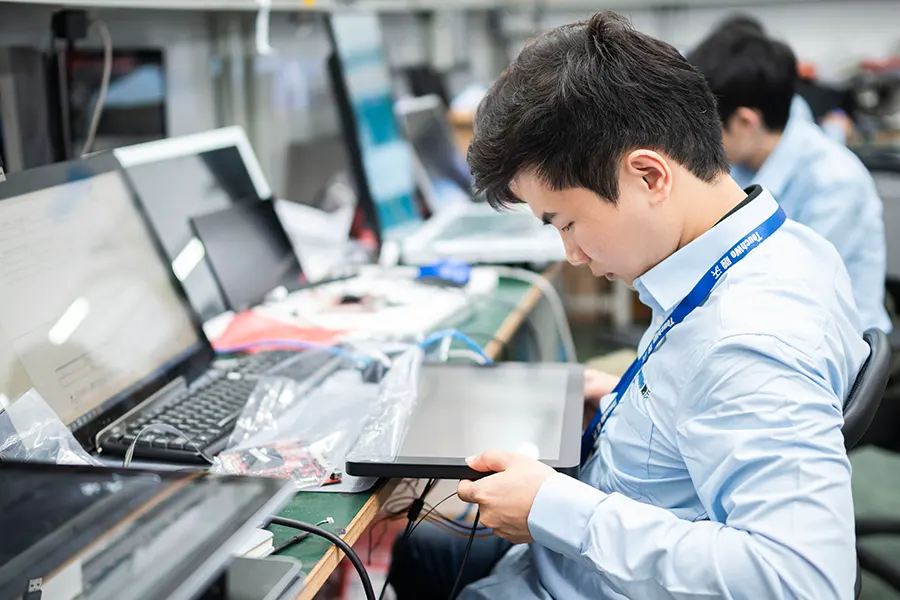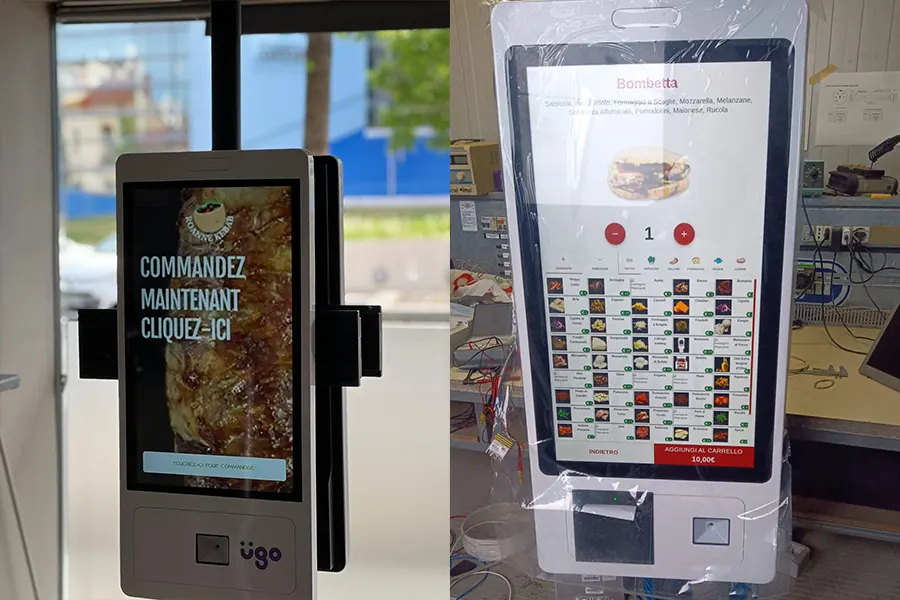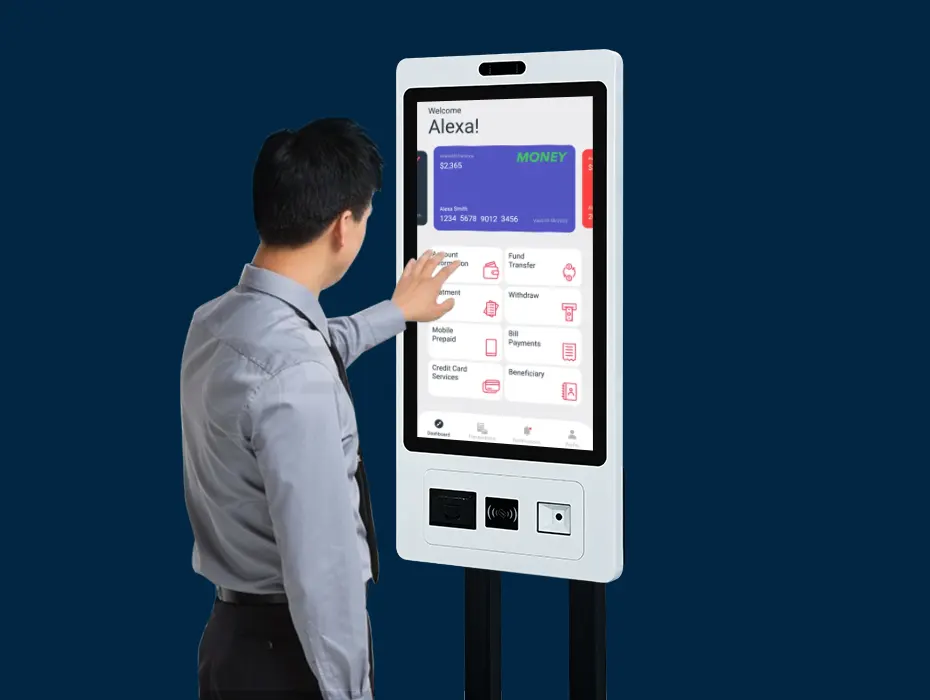Touch screens have become an integral part of our daily lives, revolutionizing the way we interact with technology. From smartphones and tablets to interactive kiosks and automotive infotainment systems, touch screens have transformed the way we communicate and engage with digital devices. In this 101 guide, we will delve into the world of touch screen technology, exploring how it works, the different types of touch screen technologies available, the benefits of touch screens, and practical tips for maintaining touch screen devices.
What is a Touch Screen?
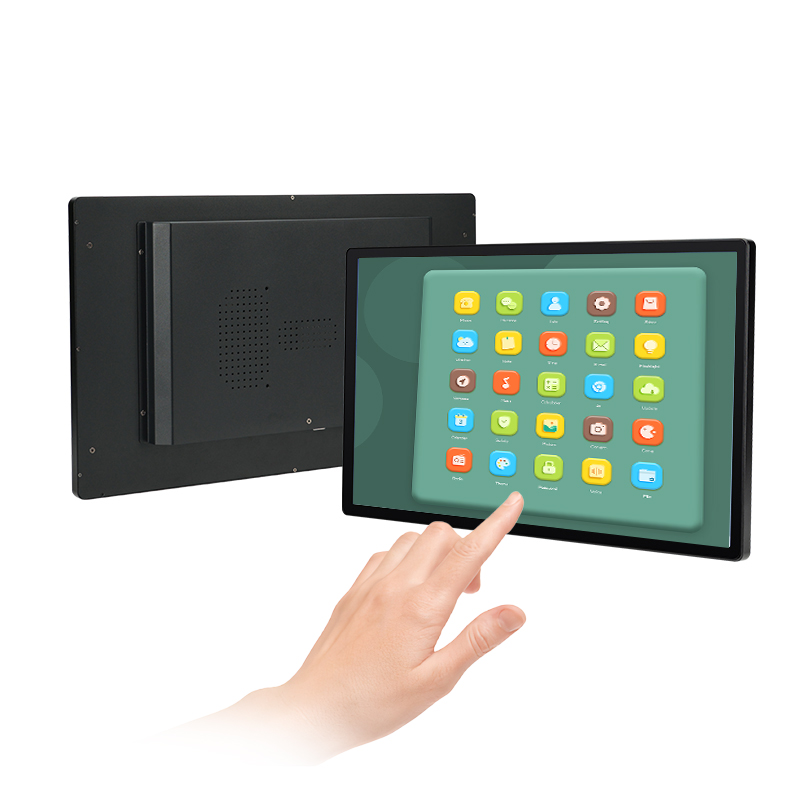
A touch screen is a display that allows users to interact with a digital device by touching the screen directly with their fingertips or a stylus. This intuitive interface eliminates the need for traditional input devices such as mice or keyboards, making it easier and more natural for users to navigate and control electronic devices.
Brief History of Touch Screen Technology
The history of touch screen technology dates back to the 1960s when the first touch screens were developed for air traffic control systems. Over the years, touch screen technology has evolved and become more advanced, leading to the widespread adoption of touch screens in various applications.
Importance of Touch screens in Modern Society
In modern society, touch screens play a crucial role in enhancing user experience and streamlining communication. From smartphones and tablets to interactive kiosks and digital signage, touch screens have become ubiquitous, simplifying tasks and providing an interactive and engaging user interface.
What is a Touch Screen Monitor?
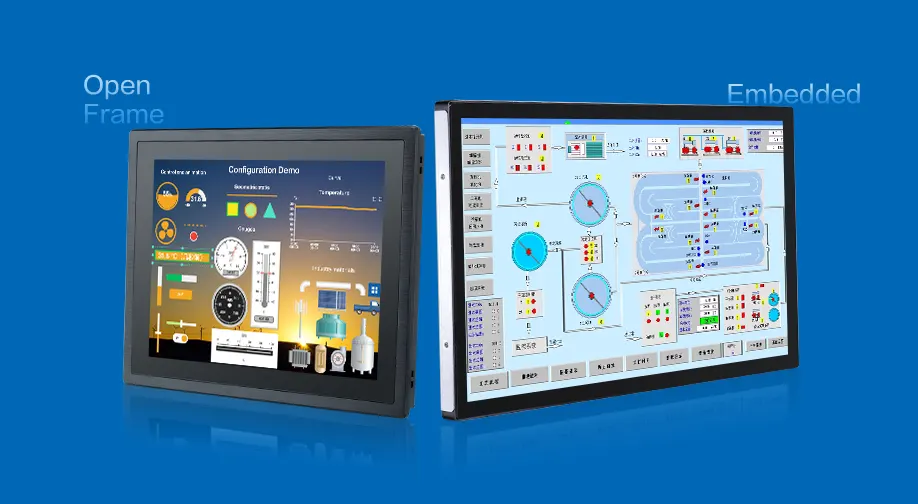
A touch screen monitor is a computer display that incorporates touch-sensitive technology, allowing users to interact with the screen by touching it directly. These monitors are commonly used in industries such as retail, healthcare, and education, where interactive displays are essential for efficient operations and enhanced customer engagement.
How Does a Touch Screen Work?
There are two different types of touch screen technologies: capacitive and resistive. Capacitive touch screens use a layer of conductive material to detect touch input, while resistive touch screens utilize pressure-sensitive sensors to register touch commands. Capacitive touch screens are more responsive and durable, making them ideal for high-traffic environments. On the other hand, resistive touch screens are less sensitive but offer more precise control.
Multi-touch technology allows users to perform multiple touch gestures simultaneously, such as zooming, rotating, and swiping. This feature enhances user experience and enables more intuitive interactions with touch screen devices. Understanding touch screen sensitivity is crucial for optimizing performance and ensuring accurate touch input detection.
5 Types of Touch Screen Technologies

Capacitive Touch Screens
Capacitive touch screens are the most common type of touch screen technology used in smartphones and tablets. These screens rely on the electrical properties of the human body to detect touch input, making them highly responsive and accurate.
Resistive Touch Screens
Resistive touch screens consist of two flexible layers that are separated by a small gap. When the top layer is pressed, it makes contact with the bottom layer, registering the touch input. Resistive touch screens are less sensitive than capacitive screens but are more affordable and suitable for applications that require precise input.
Infrared Touch Screens
Infrared touch screens utilize infrared sensors to detect touch input, making them ideal for large displays and interactive applications. These screens offer high accuracy and reliability, making them popular in interactive kiosks and public displays.
Surface Acoustic Wave (SAW) Touch Screens
Surface acoustic wave (SAW) touch screens use ultrasonic waves to detect touch input, providing high clarity and precision. These screens are resistant to environmental factors such as dust and moisture, making them ideal for harsh conditions.
Optical Touch Screens
Optical touch screens utilize cameras or light sensors to detect touch input, offering high resolution and responsiveness. These screens are commonly used in interactive whiteboards and gaming consoles, providing a seamless and immersive touch experience.
Benefits of Touch Screen Technology
Increased user interaction and engagement
One of the key benefits of touch screen technology is increased user interaction and engagement. By allowing users to interact directly with the screen, touch screens create a more immersive and intuitive user experience, leading to higher user satisfaction and retention.
Intuitive and user-friendly interface
Touch screens also offer a user-friendly interface that is easy to navigate and understand, making them accessible to users of all ages and skill levels. This intuitive design simplifies tasks and enhances productivity, making touch screens an essential tool for businesses and individuals alike.
Accessibility for individuals with disabilities
Touch screens also provide accessibility for individuals with disabilities, allowing them to interact with digital devices more easily and independently. Features such as voice control and gesture recognition enable users with limited mobility to navigate touch screens effectively, improving their quality of life and enabling greater independence.
Applications of Touch Screens

Smartphones and Tablets
The widespread adoption of touch screens in smartphones and tablets has transformed the way we interact with these devices. By incorporating touch-sensitive displays, smartphones and tablets offer intuitive and responsive interfaces that make navigating apps, browsing the web, and communicating with others effortless and engaging.
Point-of-Sale Systems
Touch screens have revolutionized the way businesses conduct transactions and manage sales through point-of-sale systems. These systems utilize touch-sensitive displays to streamline the checkout process, allowing customers to easily input items, select payment options, and finalize transactions with a simple touch. Touch screens in point-of-sale systems enhance efficiency, reduce errors, and improve customer service in retail environments.
Interactive Kiosks and Digital Signage
Interactive kiosks and digital signage leverage touch screens to deliver interactive and engaging experiences to users in various settings. From retail stores and restaurants to museums and airports, touch screen kiosks allow users to access information, browse products, and engage with multimedia content through intuitive touch controls. Digital signage displays equipped with touch screens enable businesses to captivate audiences with interactive promotions, wayfinding solutions, and dynamic content that enhances customer engagement and brand visibility.
Automotive Infotainment Systems
Touch screens play a vital role in modern automotive infotainment systems, providing drivers and passengers with convenient access to entertainment, navigation, communication, and vehicle settings. Integrated into the dashboard or center console, touch screen interfaces allow users to control music, GPS navigation, hands-free calling, and climate control with ease and accuracy. Automotive infotainment systems with touch screens enhance the driving experience by offering intuitive controls, personalized settings, and connectivity features that keep users informed, entertained, and safe on the road.
Tips for Maintaining Touch Screen Devices
To ensure optimal performance and longevity of touch screen devices, it is essential to clean and disinfect touch screens regularly. Use a soft, microfiber cloth and a gentle cleaning solution to remove dust, fingerprints, and smudges from the screen without damaging the sensitive touch sensors.
Avoid applying excessive pressure or impact to touch screens, as this can lead to damage or malfunction. Use gentle, controlled gestures when interacting with the screen to prevent accidental scratches or cracks, and avoid using sharp or pointed objects that could scratch the surface.
Updating software and firmware regularly is crucial for maintaining the security and functionality of touch screen devices. Install security patches and software updates provided by the device manufacturer to protect against vulnerabilities and ensure compatibility with the latest apps and features.
Conclusion
In conclusion, touch screens have revolutionized the way we interact with technology, providing a seamless and intuitive interface for accessing information and engaging with digital devices. From smartphones and tablets to interactive kiosks and automotive infotainment systems, touch screens have become an essential tool for enhancing user experience and streamlining communication. By understanding how touch screens work, the different types of touch screen technologies available, the benefits of touch screens, and practical tips for maintaining touch screen devices, we can maximize the potential of this innovative technology and create a more connected and interactive world.

